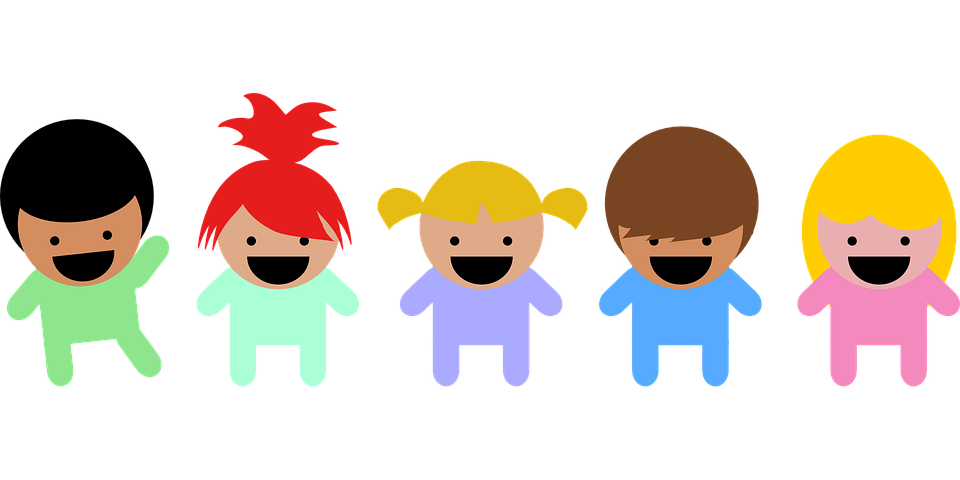When a young child has eczema, it may be very distressful, affecting sleep, school, and quality of life in many ways. More than 9 million children in the U.S. have eczema, and one of three with the condition have a moderate to severe case of atopic dermatitis (“AD”) the most common form. “Atopic” means overly sensitive to allergens in the environment.
Parents often feel frustrated, helpless and even guilty about their child’s eczema, which can have a big impact on the happiness of the entire family. The itchy, red rash seen on the face of a baby may progress to the back of knees, inside of elbows, wrists, hands or feet in toddlers, and may affect other areas as well.
What can you do to help?
Eczema described
Eczema is a chronic skin condition that may appear as early as the first six months of life. Symptoms in children include itchy, red skin that can be dry, scaly and have crusty sores. Scratch marks and skin infections with a yellow crust and thick skin (called “lichenification”) appear from scratching, even while sleeping!
There are several types of eczema, including cradle cap (“seborrheic dermatitis”) and “atopic dermatitis,” the most common form in children. More than one in ten children in the U.S., a whopping 13 percent, have AD, according to the National Eczema Association.
Eczema causes
The exact cause of eczema is unknown, but genes, certain triggers, and defects of the skin barrier all play a part. The National Eczema Association’s fact sheet says plainly that atopic dermatitis (eczema) is caused by “a malfunction in the immune system and problems with the skin barrier.”
Here’s a short list of factors that lead to eczema from the medical website, Web M.D. :
- Defects in the skin barrier that allow moisture out and germs in
- Genetics (i.e., Eczema runs in families.)
- Abnormal function of the immune system
- Environment (e.g. pollution, tobacco smoke)
- Activities that may cause skin to be more sensitive.
The results of a recent study in the United Kingdom (U.K.) found that childhood eczema affects about one in five children in that country. According to the study published in the British Journal of Dermatology:
“Childhood eczema can have a serious effect on children’s and families’ quality of life, for example through a negative impact on sleep, and has been shown to influence schooling. The resulting impairment in health‐related quality of life is comparable with that of other chronic diseases of childhood, including diabetes and asthma.”
Avoiding triggers
Triggers do not cause eczema, but make it worse. Triggers may include:
- Hot baths (or being too hot, sweating)
- Soaps and perfumes
- Colds and infections
- Fabrics that irritate the skin such as wool
- Pollution
Eczema in children may also be linked to food allergies, hay fever and asthma.
Help for eczema triggers:
- Dress baby or child in cotton clothing (washed with hypoallergenic laundry detergent for sensitive skin)
- Keep indoor temperatures moderate (not too cool, not too hot, not too dry)
- Avoid perfumed soaps and laundry detergents
- Use the soak and seal method of bathing and moisturizing.
Soak and seal with Touch of Mink’s Extreme XD lotion
Touch of Mink’s customers report that the company’s steam-distilled mink oil lotions, (such as Extreme XD our richest lotion), provide relief to eczema, including childhood eczema, even in advanced cases.
How to use the soak and seal method to help with childhood eczema:
- Run a bath of plain warm (not hot) water
- Bathe for 15 minutes only (not more)
- Pat dry very gently (no rubbing)
- Apply a rich lotion to the skin within three minutes, while skin is still damp
- Repeat daily.
Mink oil is the key ingredient in all Touch of Mink products. It works because mink oil seals in the moisture of the skin and scalp and it also promotes a step in the healing process of wounds (called “epithelialization”).
Touch of Mink products succeed when others don’t because the chemical composition of mink oil is very similar to the natural oil found in human skin, rich in Omega-7, a building block of healthy cells. Very simply, it holds in moisture and replenishes skin, creating a natural barrier that gives skin time to heal.
Visiting the doctor
A child with eczema may develop skin infections that must be treated by a doctor. (Call immediately if a fever develops.) A doctor may prescribe a steroid cream, ointment or nonsteroid medication. Other treatments a doctor may recommend include oral and topical antibiotics and antihistamines to help with itching. Ultraviolet light may be prescribed for older children with eczema and adults with the same condition.
Moisturizing with Touch of Mink products
Shop Now for Extreme XD and other Touch of Mink skin care products.


How do you order this lotion for exctremexd
You can give us a call at 1.800.547.9164 or you can order it on our website. It is also available on Amazon.
Hello
My 4.month old granddaughters who are identical twins have eczema
One of the twins have it worst than the other. Can I use this product for them?
Sorry to hear about your grandchildren’s skin condition. While we make no medical claims at all, we do have testimonies and success stories of our product working on children’s various skin conditions. We also have a photo of one very happy customer with the results obtained by using our product. But, that being said I would recommend that maybe you try it, and know that if there are no successful results, we offer a money back guarantee. Just watch and see if there is an positive effect using our product. If after a week or two, you do not see your desired results, you may return the product for a refund. I hope it works, and as I said we have had some very positive results.